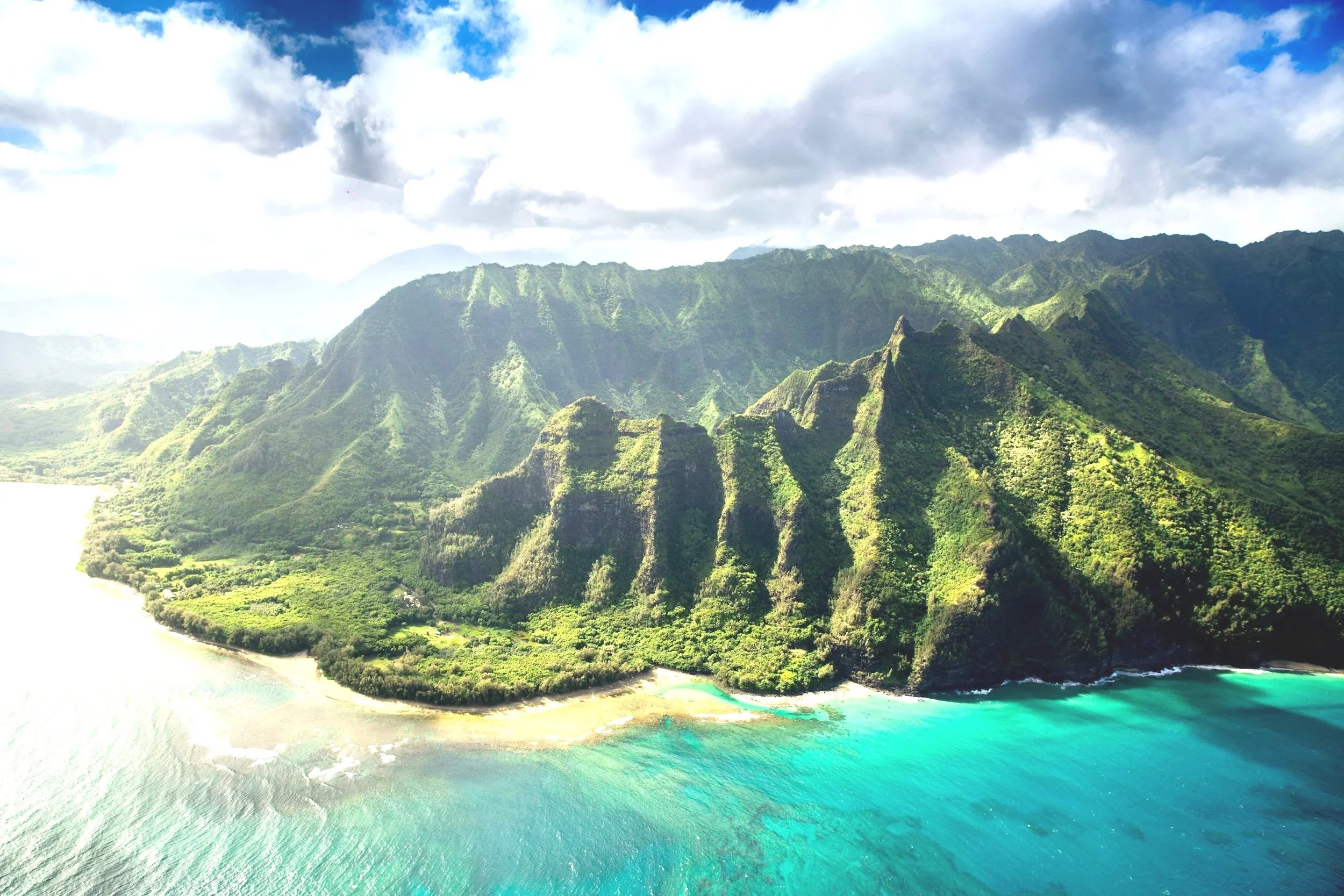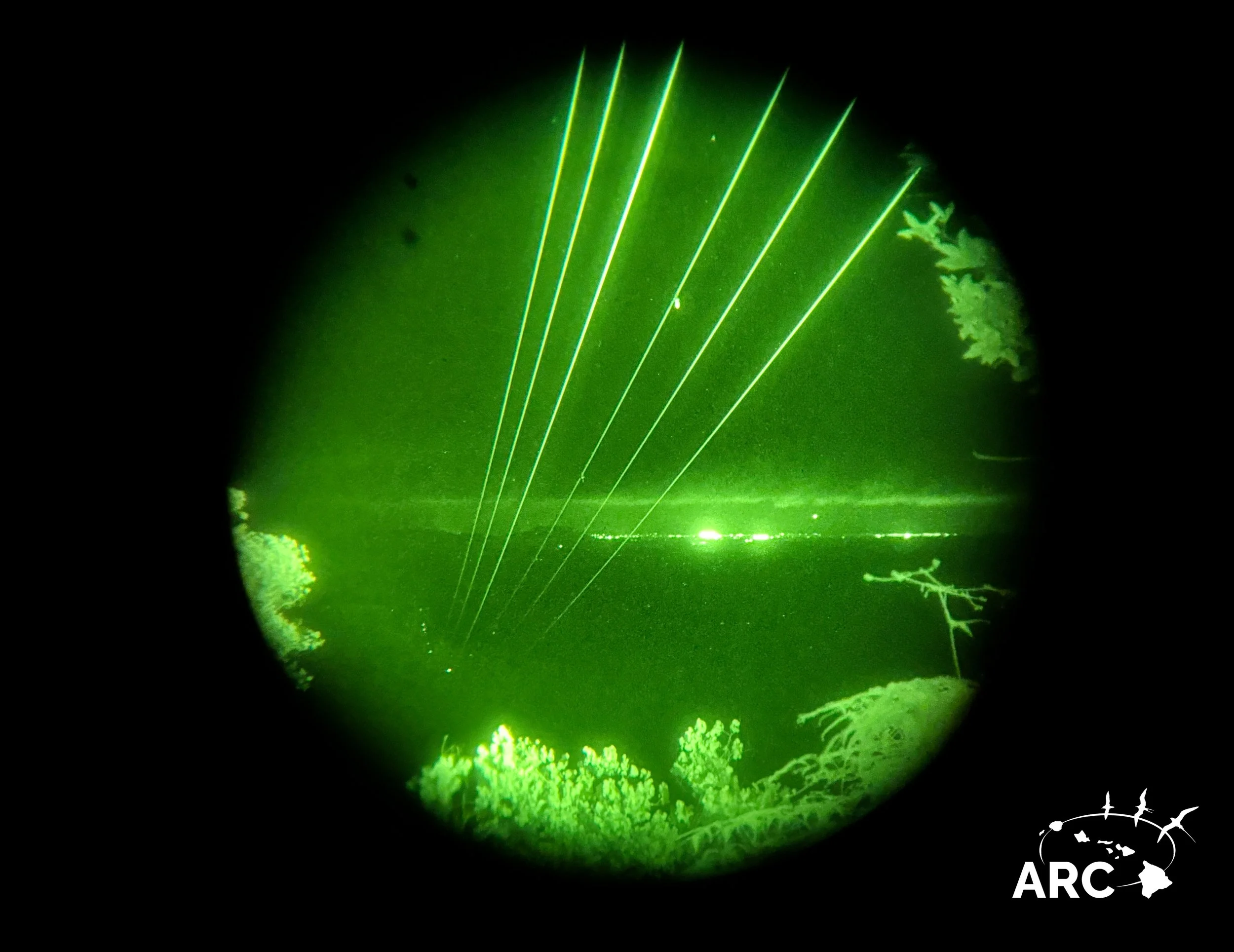


KIUC Habitat Conservation Plan
The Kauaʻi Island Utility Co-operative (KIUC) Habitat Conservation Plan is slated to be a 50-year conservation plan focused on minimizing and mitigating powerline collisions and light attraction of three endangered seabirds - the ʻaʻo (Newell’s Shearwater), ʻuaʻu (Hawaiian Petrel) and ʻakēʻakē (Band-rumped Storm-petrel). We have been providing our expertise and in-depth knowledge of the issue in the development of this HCP and much of our work focuses on the following key elements.
Colony Monitoring
To mitigate for seabird deaths due to powerline collisions, ten seabird colonies are being managed (through predator control and invasive plant removal) in the north-west of the island. We monitor the effectiveness of management actions through a combination of burrow monitoring, remote camera and acoustic sensors. This monitoring work has clearly demonstrated the effectiveness of the removal of invasive predators such as cats, rats and pigs by our partners (Hallux Ecosystem and Restoration and the National Tropical Botanical Gardens). Several of the colonies are also safeguarded by predator proof fences and utilize social attraction (speakers playing calls of the birds) and artificial nest boxes to attract birds into these highly protected management areas. We are now seeing the success of these social attraction projects with seabird activity increasing rapidly in these areas. Endangered seabirds have been recorded using the artificial burrows, and we have seen the first chicks fledging from these sites!
Avian Powerline Collision Monitoring
For fourteen years, our staff have been undertaking ground-breaking research into developing and implementing methods to accurately assess powerline collisions rates, and focusing on cost-effective solutions to reduce it. We put this work into practice on Kauaʻi where one of our teams (the Infrastructure Monitoring and Minimization Project, IMMP) assesses powerline collisions of endangered seabirds and waterbirds at a landscape level across the entire island. This work is undertaken annually through a monitoring program using acoustic sensors and nocturnal observations utilizing night vision and thermal equipment.
This work is conducted on behalf of KIUC, the local utility cooperative, to help assess the scale of the problem and to utilize the data collected to guide minimization efforts to reduce those collisions through the use of diverters and line reconfigurations. Through this work we have significantly reduced bird powerline collision rates on Kauaʻi.




